Only once, more than a century ago, in 1906, was the “fantastic big tortoise”—a rare Galápagos species with a massive, flared shell—identified. Since then, it has largely been regarded as extinct.
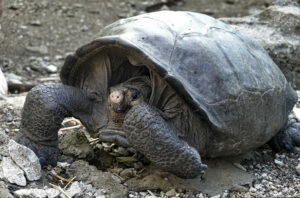
But, as researchers discovered this week, that is not the case.
Over the past century, hints that the enigmatic species has survived have emerged, including 1960s accounts of tortoise scat on the species’ native Fernandina Island, the youngest, most pristine, and most volcanically active island in the Galápagos. However, academics told The Washington Post that stories and reports were “tenuous at best.”
So, in 2019, a group of explorers and conservationists were shocked to find a single female giant tortoise on the uninhabited island. Her given name was Fernanda.
Despite being the first tortoise found on the island since its discovery in 1906, scientists were unsure whether she belonged to the long-thought-extinct species Chelonoidis phantasticus, or Fernandina Island tortoise. Actually, a lot of ecologists questioned it.
It seems that Fernanda was not a native of Fernandina Island. According to a news release from Princeton University, some speculated that she may have floated from another island, been caught in a storm, or been transported by sailors.
So, in 2019, a group of explorers and conservationists were shocked to find a single female giant tortoise on the uninhabited island. Her given name was Fernanda.
Despite being the first tortoise found on the island since its discovery in 1906, scientists were unsure whether she belonged to the long-thought-extinct species Chelonoidis phantasticus, or Fernandina Island tortoise. Actually, a lot of ecologists questioned it.
It seems that Fernanda was not a native of Fernandina Island. According to a news release from Princeton University, some speculated that she may have floated from another island, been caught in a storm, or been transported by sailors.
The classification of the Galápagos tortoise groups as species or subspecies is still up for controversy among experts; the authors of this study chose the latter.
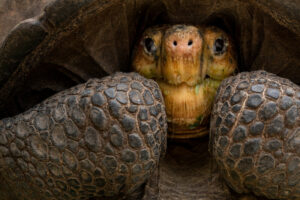
(Photo ©Lucas Bustamante (@luksth))
Galápagos tortoises can reach heights of over five feet, weigh over 500 pounds, and live for more than a century. Despite being small for her species, Fernanda is thought to be more than 50 years old, which may be related to her home’s sparse vegetation and stunted growth.
The Giant Tortoise Restoration Initiative’s director in the Galápagos, Wacho Tapia, said that “the emotional high” he had upon discovering a live tortoise on the isolated, seemingly uninhabitable island was “indescribable” when Fernanda was initially discovered in 2019.
As he began a five-day “mega-expedition” of the challenging island of Fernandina, Tapia said that he realized the likelihood of discovering a tortoise was “near zero” given the fact that no tortoise had been discovered on the island in 113 years.
However, as the group was exploring, a ranger from the Galápagos National Park Directorate named Jeffreys Málaga yelled out, “Tortoise!” and Tapia felt “hope and joy surge up.”
They discovered Fernanda there, unwinding in a nook between some rocks and vegetation.
She enjoys eating cactuses and is “healthy and extremely active” every morning, according to Tapia. She currently resides at the Galápagos National Park’s breeding facility for giant tortoises.
Some feared the worst for the species due to the island’s volcanic activity; “those tough conditions are likely what allowed for Fernanda to elude detection for all these years,” Gaughran wrote to The Post. There are probably a lot of places for tortoises — even enormous ones! — to hide on the island because expeditions there can be challenging.
Conservationists must now start pulling the species back from extinction after finding Fernanda and confirming that she belongs to the once-thought-extinct species.
The discovery of one living species, according to ecologist Adalgisa Caccone, a senior author of the paper, to Princeton University, “gives hope and also brings up new concerns, as many mysteries yet exist.” If a breeding program is to be started, how many additional tortoises on Fernandina could be brought back into captivity?
Different outcomes have occurred in the past.
A focused captive breeding approach led to the recovery of 3,000 individual Espanola Island species tortoises from just twelve surviving females and three males, according to the study. Diego, a single tortoise, is the father of more than 800 young. The breeding program was discontinued because it was so successful.
The last of the Pinta Island subspecies, Lonesome George, on the other hand, had a “apparent antipathy to female tortoises,” according to National Geographic, and was unable to reproduce before passing away in 2012.
The recovery of threatened plants and animals will be gauged by a new “green status of species”
There are no known tortoises of Fernanda’s species as of yet, therefore she cannot start mating.
Fernanda’s genome sequencing, according to the study’s authors, is already assisting them in learning more about the evolution of giant tortoises, even if she is the final amazing big tortoise.
According to Evelyn Jenson, a biologist and molecular ecologist who co-authored the study, Fernanda is “becoming a conservation symbol,” which should encourage others to be more concerned about biodiversity and the extinction catastrophe.
However, the researchers and other environmentalists are not yet losing up.
The next year, Tapia expressed optimism that tortoises could be found in other areas of the island with comparable climatic circumstances.
According to the report, if there are any more, they have managed to avoid being discovered despite extensive searches of the island. However, experts pointed out that on Fernandina, they have discovered encouraging indicators of other tortoises, including scat and tracks. To find them, expeditions are scheduled for the near future.
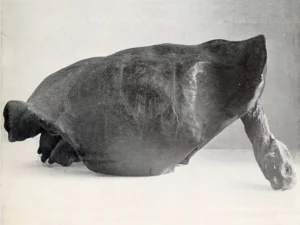
The Galapagos Islands were the source of the last Fernandina tortoise to be seen until this week, which was captured in the photo above taken in 1914. With thanks to John Van Denburgh



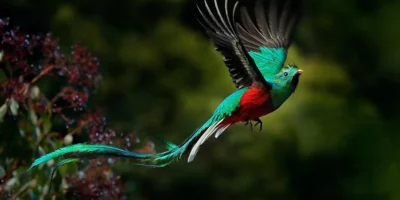
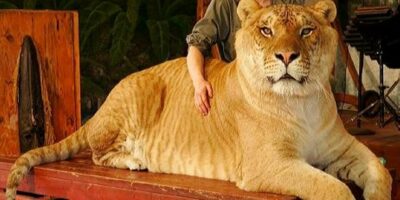

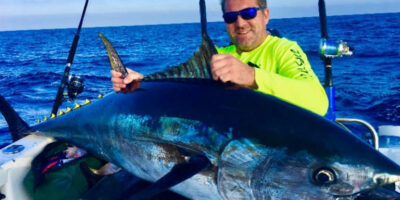

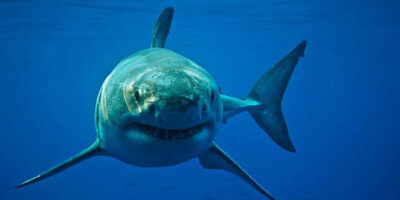


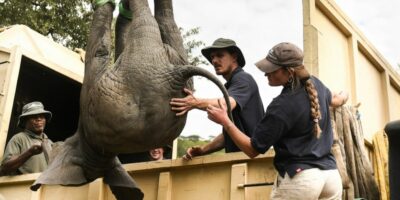





I read your article carefully, it helped me a lot, I hope to see more related articles in the future. thanks for sharing.